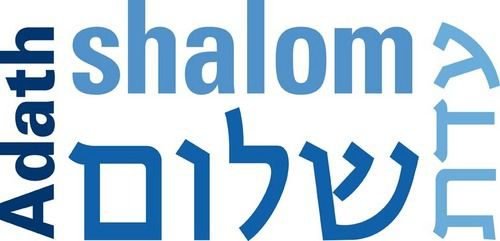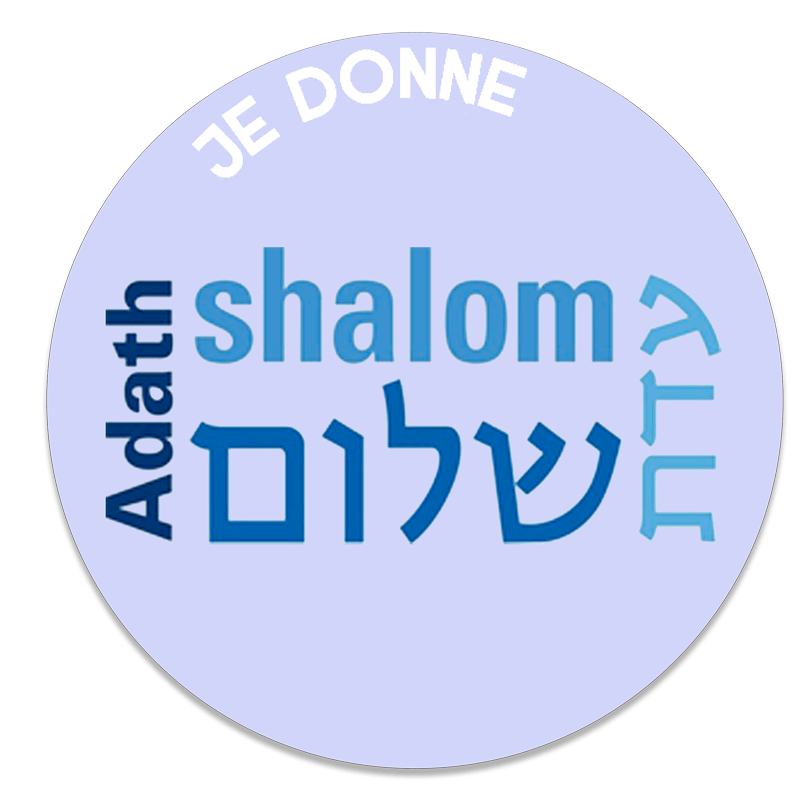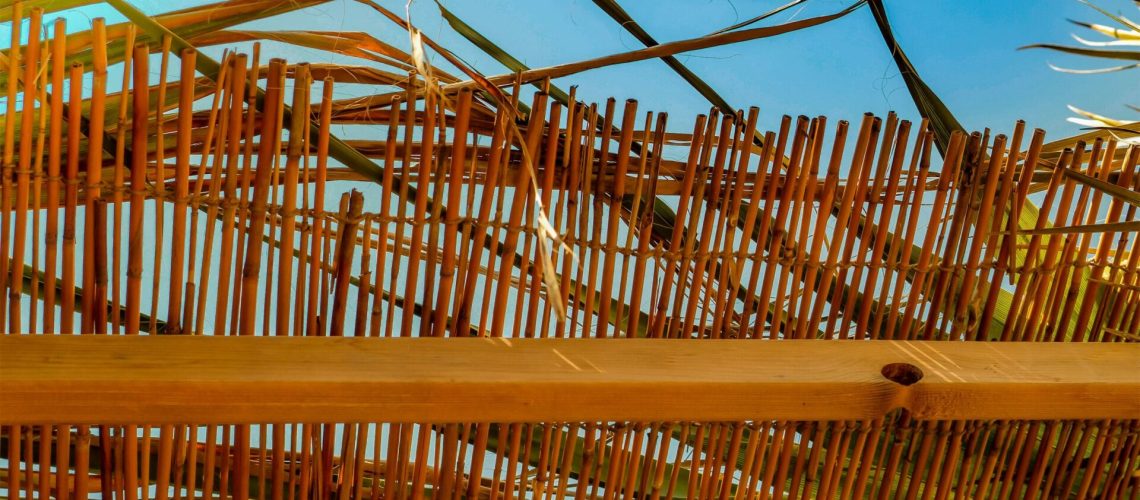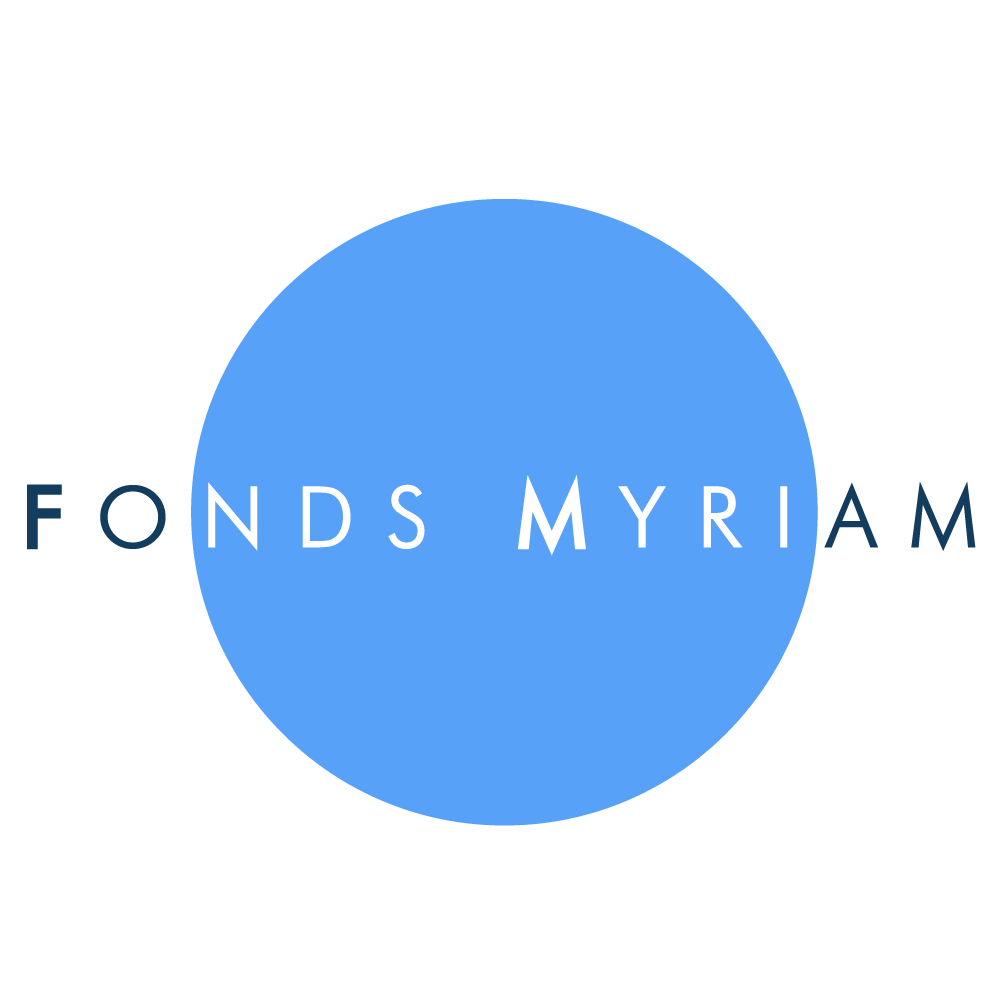Shabbat Sukkot 5783
Days of hol hamo’ed
This is a magical Shabbat, outside the usual cycle of weekly torah readings. We’re in the middle of the week of sukkot. Lots of the energy and excitement is dedicated to the first days of the festival, where we keep saying the chehehiyanou blessing: when we start the festival and light candles, when we say kiddouch, when we sit and eat in the sukkah for the first time, when we hold the loulav for the first time.
The end of the festival also has its own particular energy: the crazy circles of hoshanot that we do on Hoshana Rabba, the beatings of the willows, the prayers for rain on Shemini Atseret, and of course the dancing on Simhat Torah.
What about the days in between, hol hamo’ed? Today, very often, we don’t give them much content. There are extra prayers, as everyone brave enough to come in the mornings knows. There are a few extra restrictions on these days: the general principle is that any work that needs to be done now is allowed, but we shouldn’t do so much extra work in preparation for the future.
We read Kohelet on this Shabbat, one of the reasons given for reading it is that it should remind us to be sober and sombre and that we are mortal and close to death, after all the happiness of Sukkot.
Celebrations of Simhat Beit Hashoe’va at the time of Temple
But in the past, the middle of Sukkot was just as joyous as the beginning. Sukkot was the most well-known and popular festival of the Jews at the time of the second Temple. It was well known by non-Jews, there are Greeks texts that try to understand what the Jews are doing, and by Jews it was known simply as Hag, ‘the festival’.
After the grand celebrations and sacrifices on the first day of Sukkot, the celebrations continued in what is known as Simhat Beit Hachoe’va, the rejoicing of the offering of water. The Mishna famously says that “whoever has not seen the celebrations of Simhat Beit Hachoe’va has never experienced joy in his life.” The rabbis and most pious people would dance between the sounds of trumpets and drums, and fire was burning in every corner to light up the skies at night. The rabbis weren’t sitting in the yeshiva teaching Torah. We read the following description in the Talmud, tractate Sukkot:
תַּנְיָא: אָמְרוּ עָלָיו עַל רַבָּן שִׁמְעוֹן בֶּן גַּמְלִיאֵל, כְּשֶׁהָיָה שָׂמֵחַ שִׂמְחַת בֵּית הַשּׁוֹאֵבָה, הָיָה נוֹטֵל שְׁמֹנֶה אֲבוּקוֹת שֶׁל אוֹר, וְזוֹרֵק אַחַת וְנוֹטֵל אַחַת וְאֵין נוֹגְעוֹת זוֹ בָּזוֹ. וּכְשֶׁהוּא מִשְׁתַּחֲוֶה, נוֹעֵץ שְׁנֵי גּוּדָלָיו בָּאָרֶץ וְשׁוֹחֶה וְנוֹשֵׁק אֶת הָרִצְפָּה וְזוֹקֵף, וְאֵין כׇּל בְּרִיָּה יְכוֹלָה לַעֲשׂוֹת כֵּן, וְזוֹ הִיא קִידָּה
“When Rabban Chimon ben Gamliel would celebrate Simhat Beit Hachoe’va , he would take eight flaming torches and juggle them in the air. When he would bow down, his two big toes would stay on the ground, he would fall and kiss the ground, and jump back up… Rabbi Levi would juggle eight knives. Shmuel would juggle eight glasses of wine. Abaye would juggle with eight eggs (some say it was only four eggs.) Rabbi Yehochoua ben Hanania says that when we celebrated the Simhat Beit Hachoe’va, sleep did not touch our eyes for the entire week.”
To see and to be seen
At the same time as these festivities, for the seven days of Sukkot, there was the sacrifice known as Olat Re’iya, the sacrifice of ‘Being Seen’. Every pilgrim, according to some even the children, was required to be seen by God, and couldn’t come empty-handed. Another time, we can analyse more fully the cryptic phrase in the Tora, that seems to say both that the pilgrims would see God, and be seen by God.
For now, I want to just focus on the intimacy of that moment, a sense that within all these wild celebrations there was a closeness that let each individual feel a personal spiritual connection. This double gaze that brought the people and God close together is perhaps what inspires the famous cryptic statements of Hillel the Elder, when he came to Jerusalem on Simhat Beit Hashoe’va .
He said:
אָמְרוּ עָלָיו עַל הִלֵּל הַזָּקֵן, כְּשֶׁהָיָה שָׂמֵחַ בְּשִׂמְחַת בֵּית הַשּׁוֹאֵבָה, אָמַר כֵּן: אִם אֲנִי כָּאן — הַכֹּל כָּאן, וְאִם אֵינִי כָּאן — מִי כָּאן. הוּא הָיָה אוֹמֵר כֵּן: מָקוֹם שֶׁאֲנִי אוֹהֵב — שָׁם רַגְלַי מוֹלִיכוֹת אוֹתִי. אִם תָּבֹא אֶל בֵּיתִי — אֲנִי אָבֹא אֶל בֵּיתֶךָ, אִם אַתָּה לֹא תָּבֹא אֶל בֵּיתִי — אֲנִי לֹא אָבֹא אֶל בֵּיתֶךָ
“Hillel would say: If I am here, everything is here. And if I am not here, who is here? To the place I love, unto there do my feet take me. If you come to my house, I will come to your house. And if you do not come to my house, I will not come to your house.”
The two meanings of the word “ani”
There are lots of commentaries on these three statements of Hillel. They mostly focus on the question of who is speaking. “When I am here everything is here” – is that Hillel or God saying “I”, Ani? One way of answering this is to insist that the word Ani is one of the secret names of God, invoked here by Hillel. This is not as crazy as it seems, and once we accept this hypothesis, all sorts of texts start to be read differently. We finish the Chema by saying “I am the Eternal , your God who took you out of Egypt.” Have you ever considered how strange it is for these words to come out of our mouths – I say, every day, the words “I am God”.
Ani hovers between the two meanings, the usual one of ‘me’, and the mystical one of ‘God’. Perhaps the best example is in the prayers we say on Sukkot, during the hoshanot ceremony. We finish by calling out אני והו הושיע נא ! ‘Me and Him – save us! In the same breath, we are imploring a distant God to save us, ‘Him’, and also praying to the part of ourselves that we know can and will act in the world to actually change our situation, Ani, ‘Me’.
This is what was happening on Sukkot, and what we hope to recreate in our lives throughout the year. The boundaries blur between the individual, the community, and the divine. We can see and be seen, and say “If I am here, everything is here” – feeling ourselves as part of everything, rather than as a lonely person separate from the rest of the world. Sukkot is a time of weak boundaries, when we are open to seeing the world from other perspectives. The walls of the sukka are fragile, and this allows everyone to enter. We encourage guests, ouchpizin. This is the function of synagogues, which are similar to a sukkah. They are not just a place to pray, but a beit knesset, a place where people gather together and become part of something bigger than themselves. This is the ideal, we just have to allow it to happen.
Shabbat shalom, Sukkot Samea’h !
